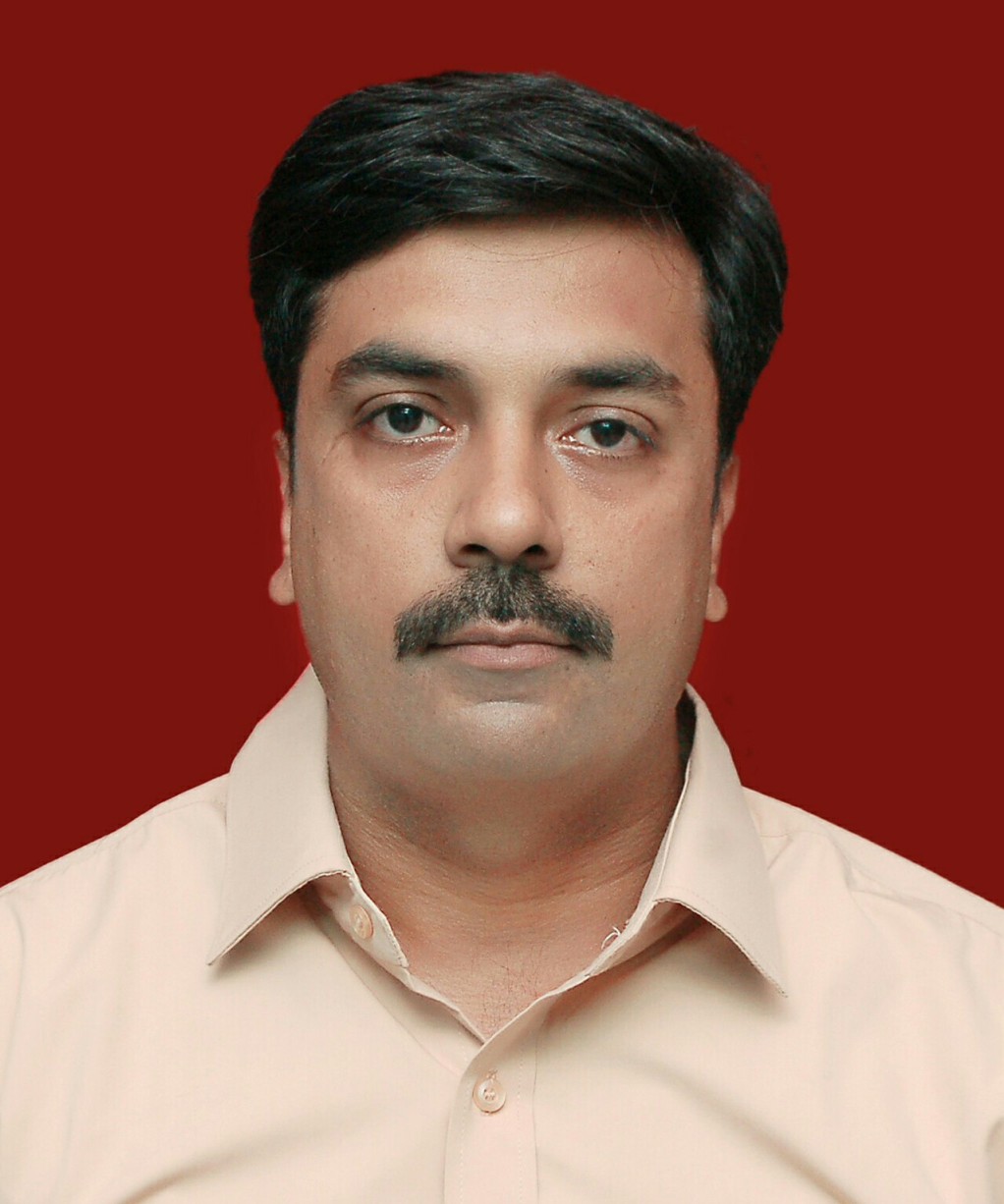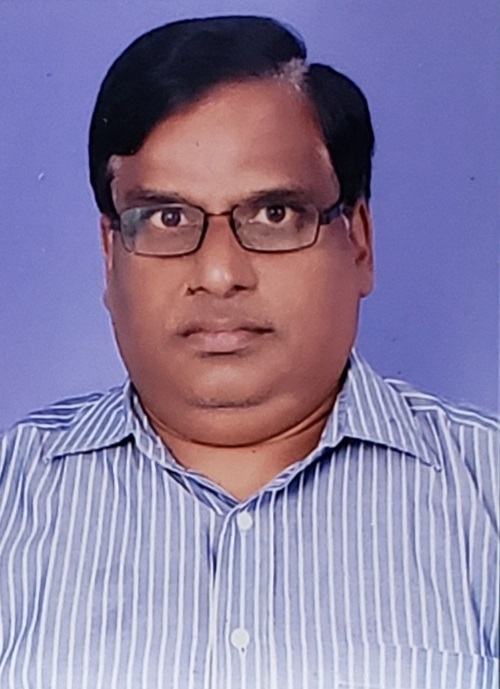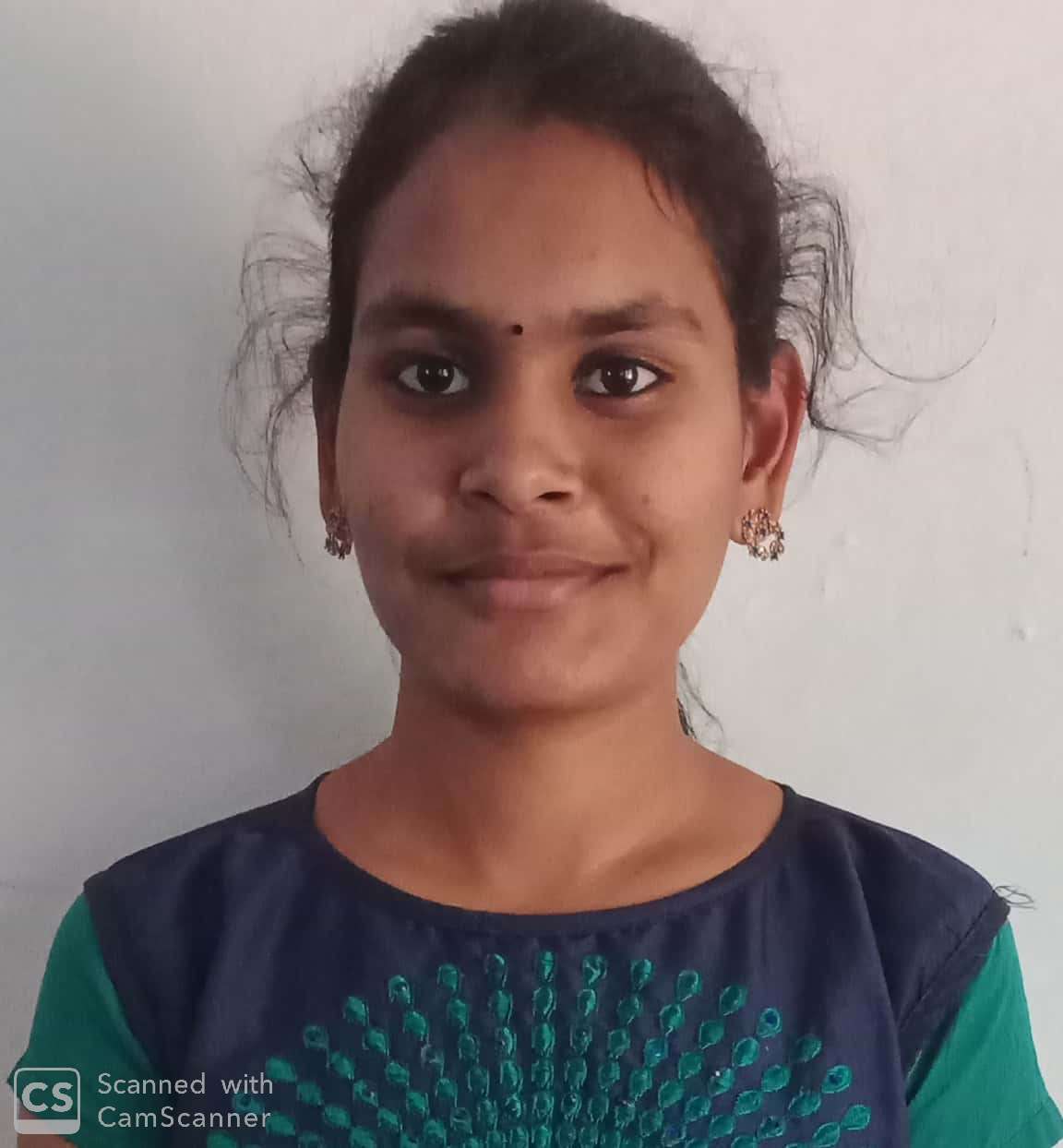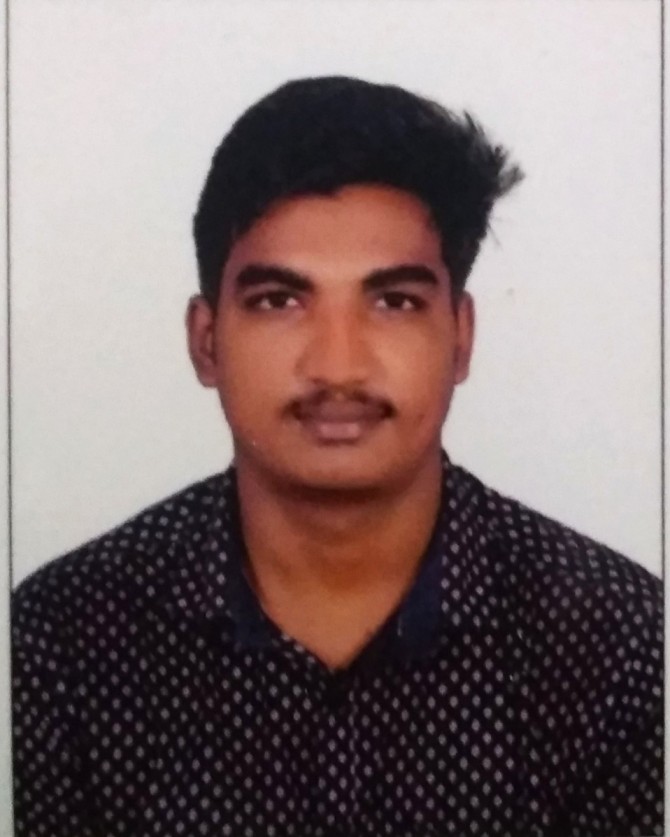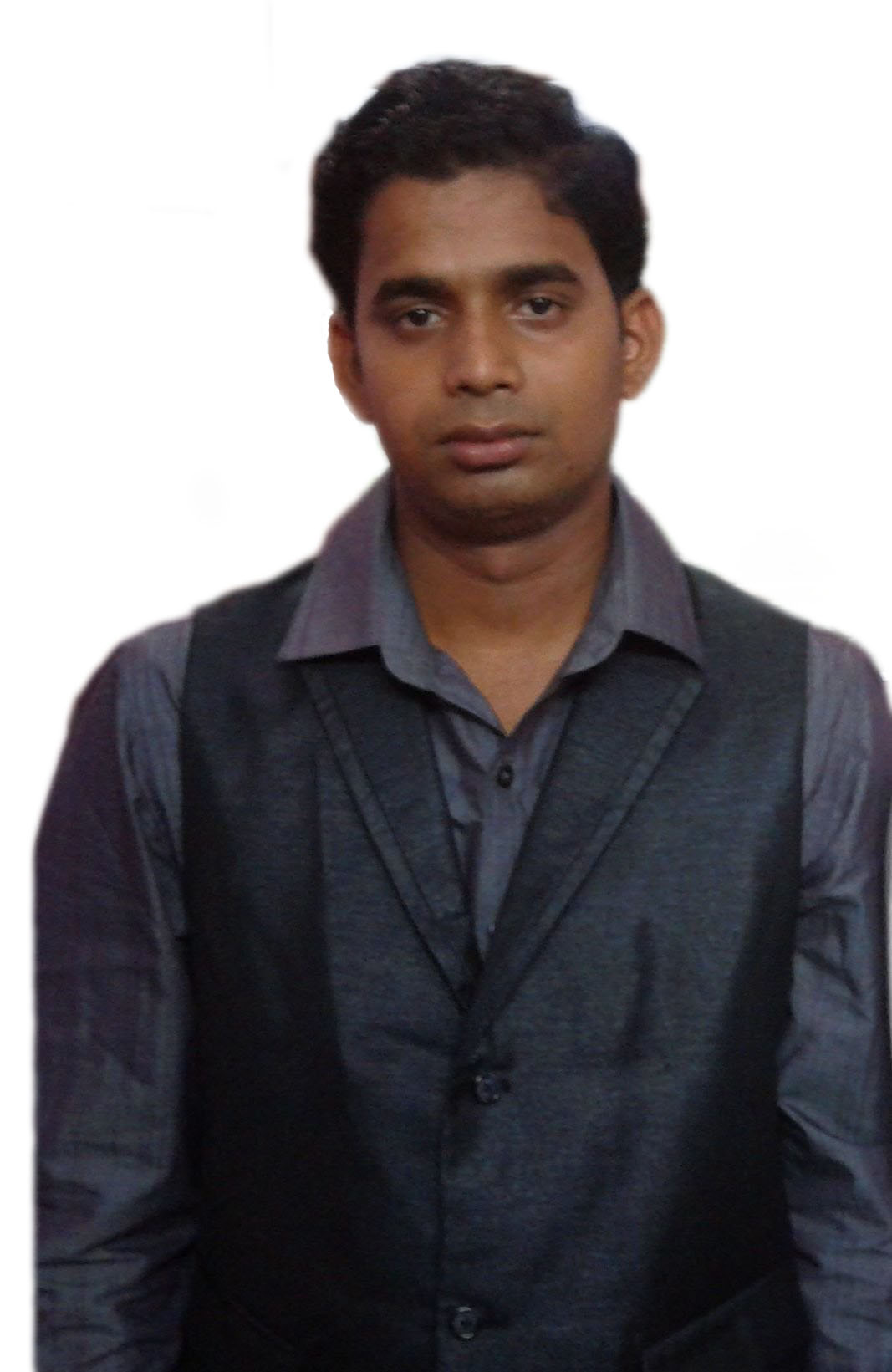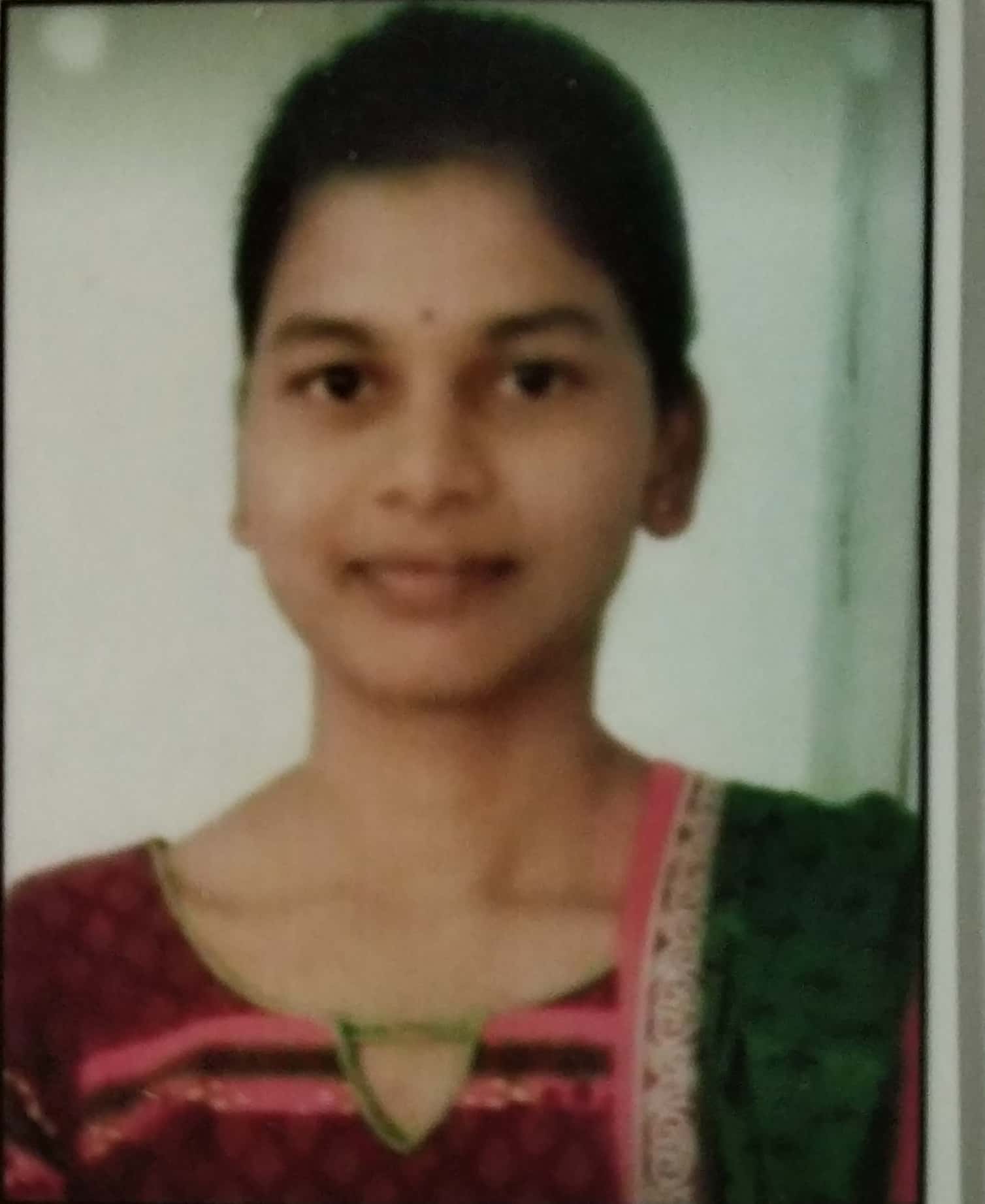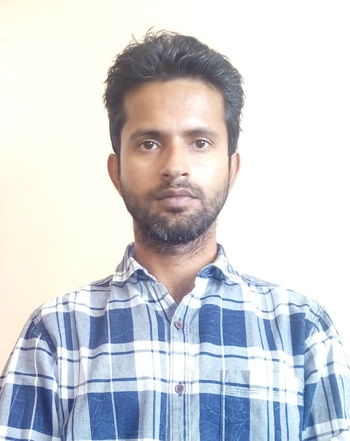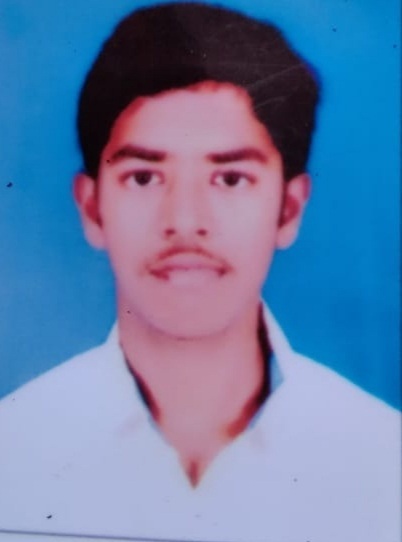Course abstract
The course â??Principles and Techniques of Modern Radar Systemsâ? covers a broad spectrum of the radar system design and analysis, starting with the basic concepts of microwave radar principles. It first develops a simplified model called â??radar range equationâ? to introduce the basic concepts of the Radar. Then it introduces the simple CW Radar and shows it limitations and how that can be overcome with the help of frequency modulation. Then it introduces the concept of pulsed radar to increase the range of the radar detection, Thereafter the concept of MTI filtering to discriminate clutter in the Doppler domain is introduced and performance metric of MTI filtering is introduced. The drawback of MTI filtering in airborne radar is introduced next to highlight the concept of pulsed Doppler radar. Thereafter tracking radar is introduced alongwith monopulse concept to measure angular position of a target with very high accuracy. Then the detection theory is introduced by elaborate description of match filtering, ambiguity function, range resolution and Doppler resolution concepts. Thereafter pulse compression is introduced to increase the downrange resolution and synthetic aperture processing to increase cross range resolution. Thus the concept of the imaging radar is introduced. The statistical nature of target and environment parameter fluctuations is introduced next by introducing the concept of probability of false alarm and probability of detection. Swerling models are introduced and with their help the radar equation model is modified to make it more realistic. The modern trend of close sensing of targets with ground penetrating radar is next introduced and also the topic of radar tomography is introduced to give the course students a thrill of various modern civil, industrial and mining applications of radar technology. This trend of radar technology evolution from defence applications to civilian applications is emphasized at the end of the course.
Course Instructor

Prof. Amitabha Bhattacharya
He is an Associate Professor in the Department of Electronics and Electrical Communication Engineering at the Indian Institute of Technology Kharagpur. His research interest is in the areas of Microwave Imaging, Microwave Propagation, High Power Microwaves and Microwave Stealth Technology. He has published about 83 international research publications, two technical reports for Indian Defense, written a Tata McGraw Hill published text book on “Digital Communication” and co-authored a book chapter on “Modal Analysis of Reflector backed Hybrid Printed dipole antenna”. He has been principal Investigator of 17 research projects and consultancies sponsored by agencies like DRDO, ISRO, Indian Army, BARC, MHRD, Wipro etc., and has conducted 15 short term courses specially training scientists from HAL, ISRO, DRDO, Indian tri-services etc. in the areas of Electromagnetic Environments and Microwave Technologies.
More info
Teaching Assistant(s)
Course Duration : Jul-Oct 2019
View Course
Enrollment : 15-May-2019 to 05-Aug-2019
Exam registration : 01-Jun-2019 to 30-Sep-2019
Exam Date : 16-Nov-2019
Enrolled
2221
Registered
272
Certificate Eligible
207
Certified Category Count
Gold
0
Silver
5
Elite
80
Successfully completed
122
Participation
42
Legend
AVERAGE ASSIGNMENT SCORE >=10/25 AND EXAM SCORE >= 30/75 AND FINAL SCORE >=40
BASED ON THE FINAL SCORE, Certificate criteria will be as below:
>=90 - Elite + Gold
75-89 -Elite + Silver
>=60 - Elite
40-59 - Successfully Completed
Final Score Calculation Logic
- Assignment Score = Average of best 8 out of 12 assignments.
- FINAL SCORE (Score on Certificate) = 75% of Exam Score + 25% of Assignment Score.
Enrollment Statistics
Total Enrollment: -1
Registration Statistics
Total Registration : 272
Assignment Statistics
Exam score
Final score


.jpg)
.jpg)
.jpg)
.jpg)
